“We have already changed the Earth: the Anthropocene is the time when humans can change the life cycle of the planet, when humans bring the planet out of its natural variability”
By Sandor Alejandro Gerendas-Kiss
Published on March 08, 2017
Scientific agriculture had been implemented in the United States since the second half of the eighteenth century, just a few years after the declaration of independence. Progressive farmers adopted the new methods that came from England and provided other systems of their own initiative. By 1800 there were agricultural societies in each of the thirteen original states of the Union. In 1840, after the old fields of Virginia and Maryland had been devastated by the cultivation of the tobacco, began to spread the scientific agriculture, by private initiatives. Many lands were recovered with the marl, a sediment composed mainly of limestone and clay, which neutralized the acidification of the earth caused by lack of calcium.
The railroad had an important role in the distribution of material and information. By 1860 fifty agricultural publications were circulating in the United States. In 1889 the secretariat of agriculture was created and in 1930, and this department already had forty subdivisions that maintained experimental stations, worked side by side with the farmers and they led them to try new crops, to improve the old ones and they taught them to fight against epidemics and plagues, as well as advising them on administration and sales.
But the initiative of scientific agriculture was not always accepted by all, sometimes because of lack of patience, others because some refused to invest in it, which brought serious ecological problems. Even before the civil war, and even a few years later, since land was plentiful and labor was scarce, it was more economical for the farmer to abandon the barren soils and move to virgin lands instead of cultivating with scientific methods. Something method used by the first farmers of the Neolithic, ten thousand years ago.
Since the first half of the twentieth century some authors, such as Morison and Commager, from whom we have taken part of the information and data presented here, warned about the damage caused to ecosystems. Excessive extraction of land products, the absence of soil rotation, and the destruction of forests to create new agricultural spaces led to erosion, drought and flood. About 40 million hectares, one-sixth of the total area of the southern United States, had seriously lost or damaged by erosion. By 1930, in some parts half of the arable land had disappeared, according to these authors.
There are interesting narratives of travelers or neighbors who since the 19th century have left their testimony to posterity about early ecological damage in North America, such as some people who visited the south and reported their concern about the damage they observed. One of them narrates the transparency of the river waters, and a few years later, on a new visit, he reports that they had changed to brown or reddish and dragged millions of tons of land into the ocean.
Another early warning of environmental destruction comes from Stuart Chase, a chronicler alarmed by the damage to ecosystems: “the primitive earth has been burned, sown, plowed, and destroyed. When the plains have been cultivated in drylands, the dust has appeared. Where wheat has been planted on the slopes of pasture highlands, the waters have caused erosion. Excessive cattle hooves and the consumption of grass by multitudes of sheep have derailed pasture lands, removed good soil, and facilitated erosion by water and wind. This has notably devalued more than twenty-six million hectares of pasture land”.
Other evidence, this time of Mary Sandoz, who in the early 1890s made a dramatic description of the situation in western Nebraska: “The drought was beyond imagination. The grain was not growing. The grass of the buffalo was dried before the month of May. Not even the lighter lands south of the river produce anything. The sandy hills were only dyed green in places near the groundwater. The beds of the lakes were drying and leaving, offering harmonic drawings. The wild hens were sparse and their flesh black. The rabbits thinned and the coyotes clutched, like gray animals with sunken ribs. The wagons of the farmers, who left their lands, wandered eastwards, and their occupants often had to live on public charity”.
The accounts referred to are but a few news of historical ecology, whose origins go back to the earliest civilizations of Egypt and Mesoporamia, who through their major engineering works began to change the landscapes, such as the domestication of Nile, the Tigris and the Euphrates, or their immense irrigation systems. All this, together with the recent destruction of much of the Borneo jungle, as we have seen (link 1st art Borneo); to the deforestation of the Amazon and many other damages to the planet, are the prolegomena of a new geological time scale, the Anthropocene, concept first named by Paul Crutzen, Nobel Prize in chemistry, in 2000. But it was recently that a group of specialists gave impulse to the new name. Although this has not been accepted, we believe that it is a good reference of the current stage of Earth. The scientists agreed that this period has canceled the Holocene, placing as a psychological division between the two periods in 1950.
The beginning of the Holocene established the end of the Glaciation of Würm, twelve thousand years ago, and carried with it the Neolithic. The Anthropocene, according to the researchers, has its beginnings with the discovery of radioactive waste of atomic bombs. “We have already changed the Earth: the Anthropocene is the time when humans can change the life cycle of the planet, when humans bring the planet out of its natural variability,” explains Alejandro Cearreta, a Spanish scientist, a member of the group. 35 specialists, who after seven years of research agreed to consider the Anthropocene as a new geological age, inscribed within the Quaternary period.
Undoubtedly, there has never been a species like homo sapiens on our orb, a being that evolved at an unusual speed, be able to adapt to any climate on Earth, even to the cosmos. Homo sapiens took control of the planet, dominated the immense variety of life that proliferated in the world thanks to the generosity of Earth. It spread throughout all latitudes, by airs, seas and soils; By all climatic extremes, by icy zones or burning deserts. The human being, thanks to his intelligence, abilities and knowledge, often realized positive achievements, but in other cases his asymmetric capacities with respect to the other species has gone to the detriment of these, extinguishing many of them or placing them in danger of extinction, even to himself.
Sources
MORRISON, SAMUEL ELLIOT; COMMAGER, HENRY STEELE.
The Growth of the American Republic -Two Volumes.
New York, Oxford University Press. 1937
SALAS, JAVIER
Welcome to the Anthropocene: We have already changed the natural cycle of the Earth.
El País newspaper, Spain. September 9, 2016
Retrieved from http://elpais.com/elpais/2016/09/05/ciencia/1473092509_973513.html

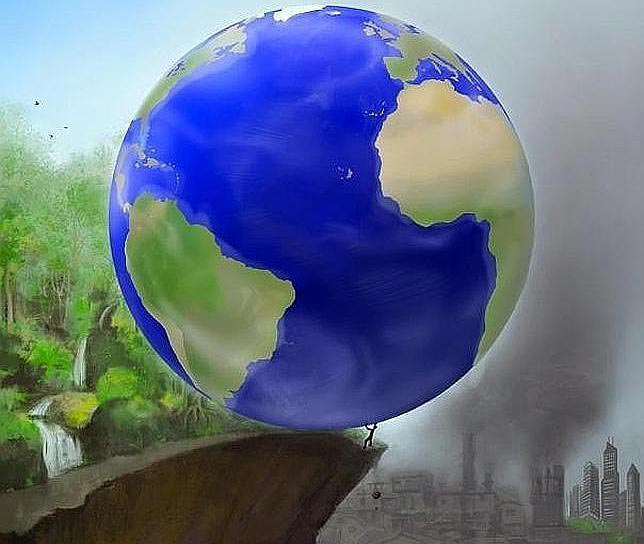
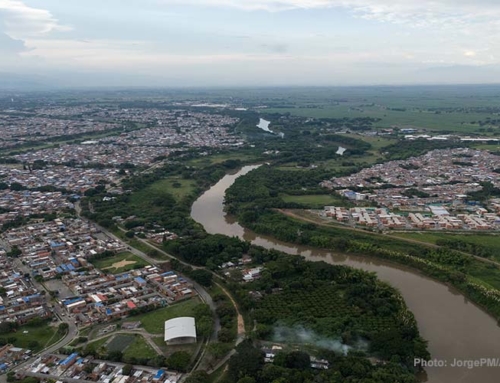
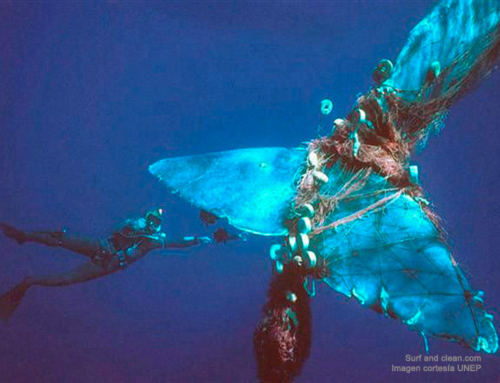
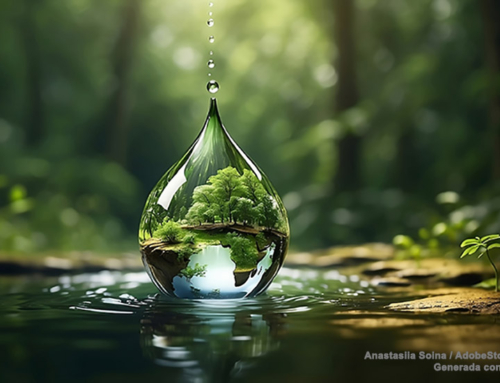
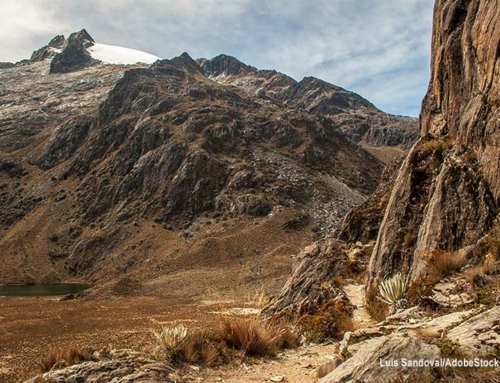

Leave A Comment